The structures in the Hung Temple Relic Site are modest, in harmony with nature, bearing the architectural imprint of the Later Le Dynasty (15th - 18th century), and were restored and embellished many times under the Nguyen Dynasty.
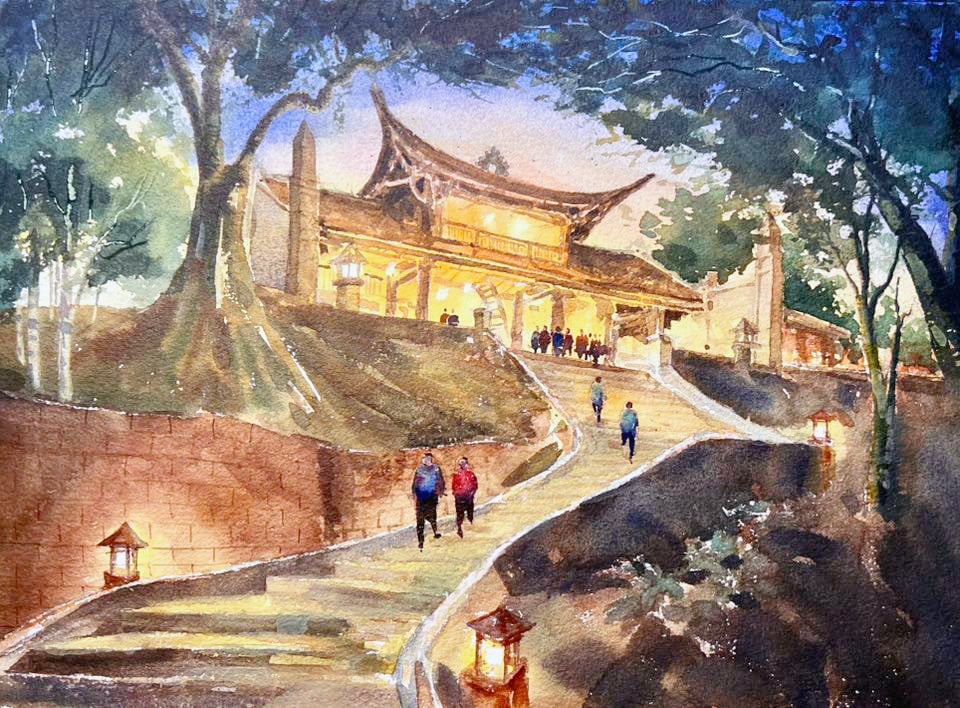
Road to Ha Temple - Sketch by Architect Duy Huynh
The Lower Temple is said to be the place where Mother Au Co gave birth to a sac of 100 eggs. The Middle Temple is said to be the place where King Hung and the Lac Hou and Lac Tuong met to discuss national affairs. The Upper Temple is located on the top of the mountain and is said to be the place where King Hung often performed rituals to worship heaven and earth. This is the most solemn and sacred space. The Well Temple was built in the 18th century, with architecture in the shape of the letter Cong (工). The Hung King's Tomb is said to be the tomb of the 6th Hung King. The distribution of the works from low to high also has the intention of a journey to find the origin from the earthly world (Lower Temple) to the sacred world (Upper Temple).
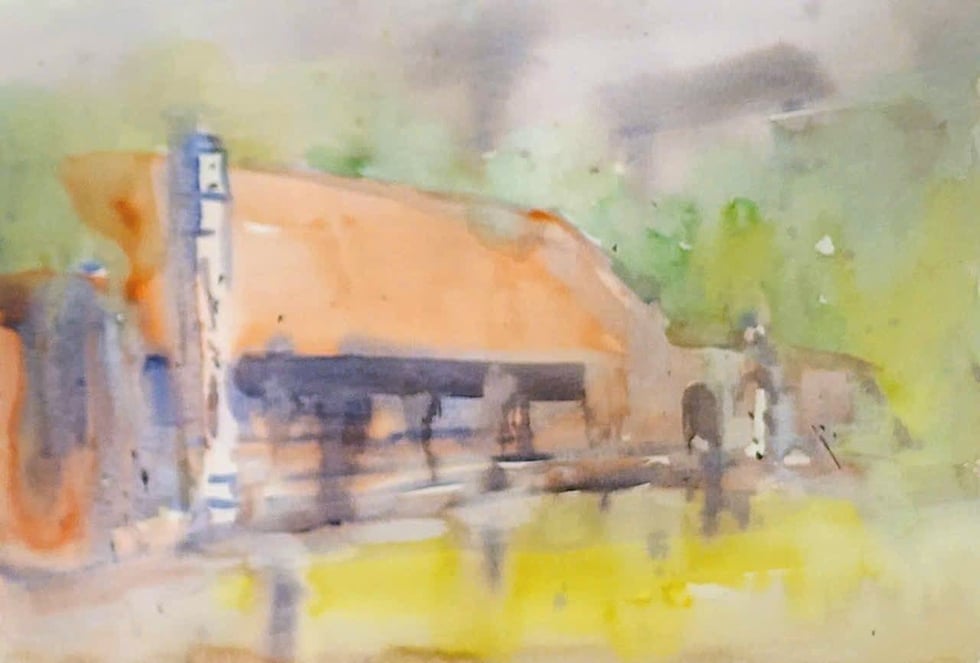
The Lower Temple rebuilt on the old foundation (circa 18th century) - sketch by architect Phung The Huy
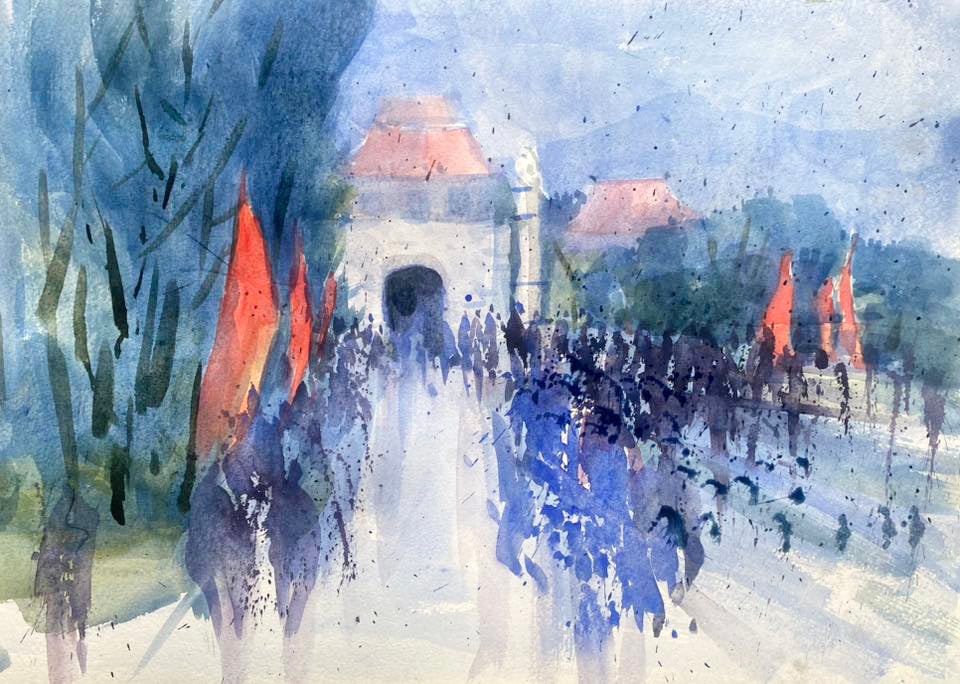
Visiting Hung Temple - sketch by architect Nguyen Khanh Vu
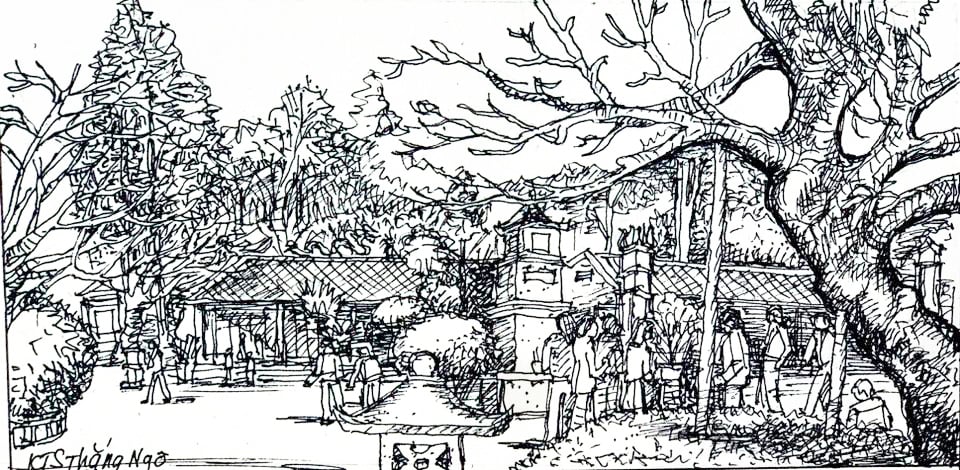
In front of Thien Quang Pagoda there is a cycad tree several hundred years old - sketch by architect Thang Ngo
According to legend, after being abdicated by the 18th Hung King, Thuc Phan An Duong Vuong went up Nghia Linh Mountain and erected a stone pillar to swear to protect and build the country forever. It is not known whether the stone pillar is real or not, but since the 1960s there has been a stone pillar (popularly believed to be a stone pillar of oath) right in front of the Hung King's tomb. In 2011, this stone pillar was replaced by a new 2.6 m high agate stone pillar.
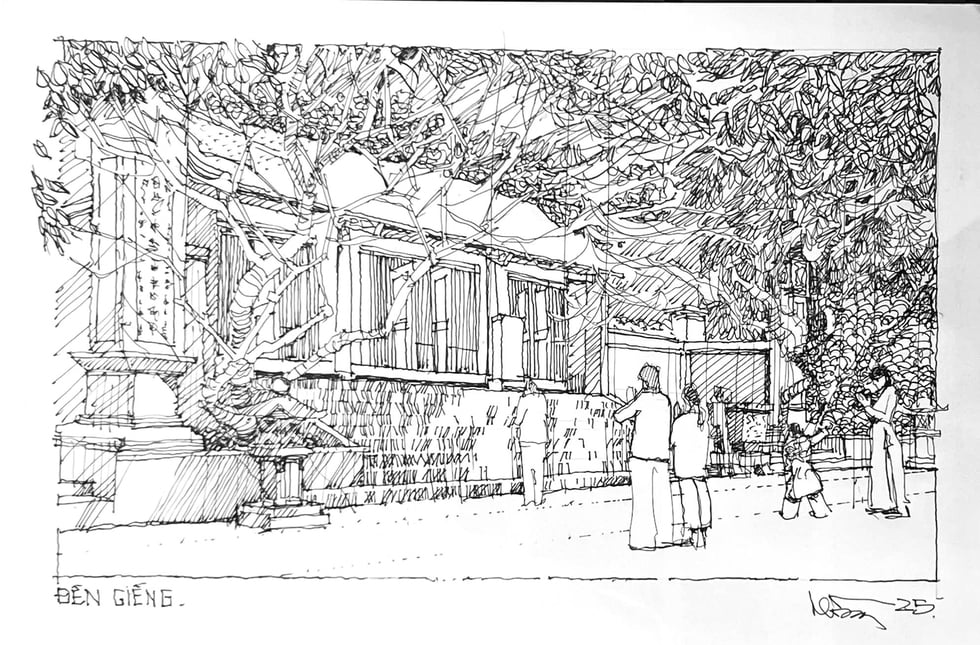
Gieng Temple was built in the 18th century - sketch by architect Tran Xuan Hong
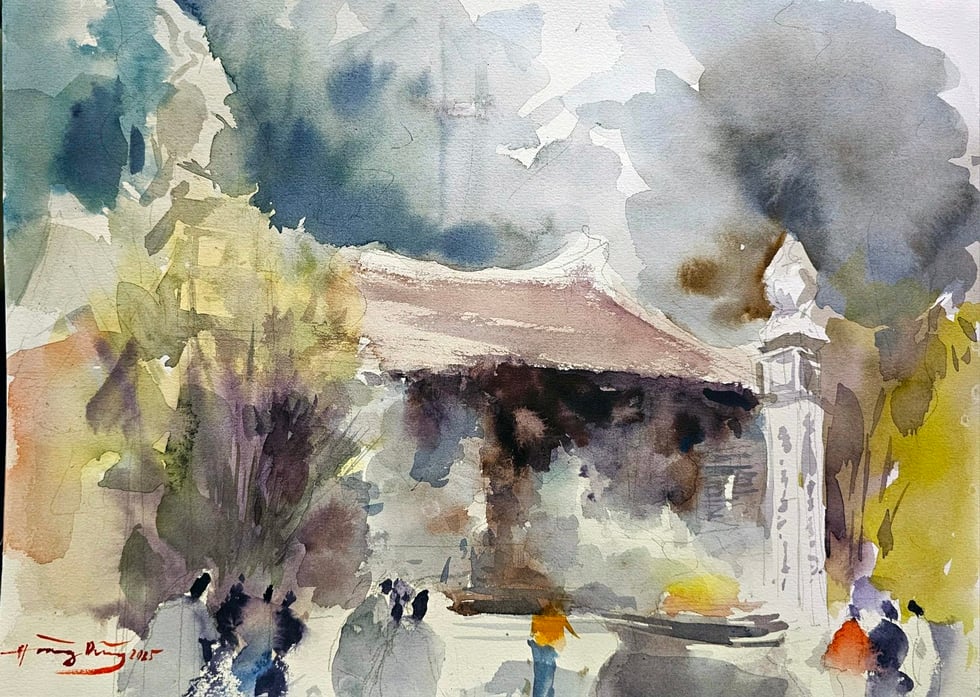
Ha Temple is said to be where Mother Au Co gave birth to a sac of 100 eggs - sketch by architect Hoang Dung
The "Hung Vuong Tu Khao" stele (the front side is engraved with Chinese characters, the back side is engraved with French characters) was composed in 1940 by Phu Tho Governor Bui Ngoc Hoan. The original stele was lost about 10 years after its erection and was restored in 2010 based on the imprint of the French Institute of the Far East and documents kept by the author's descendants.
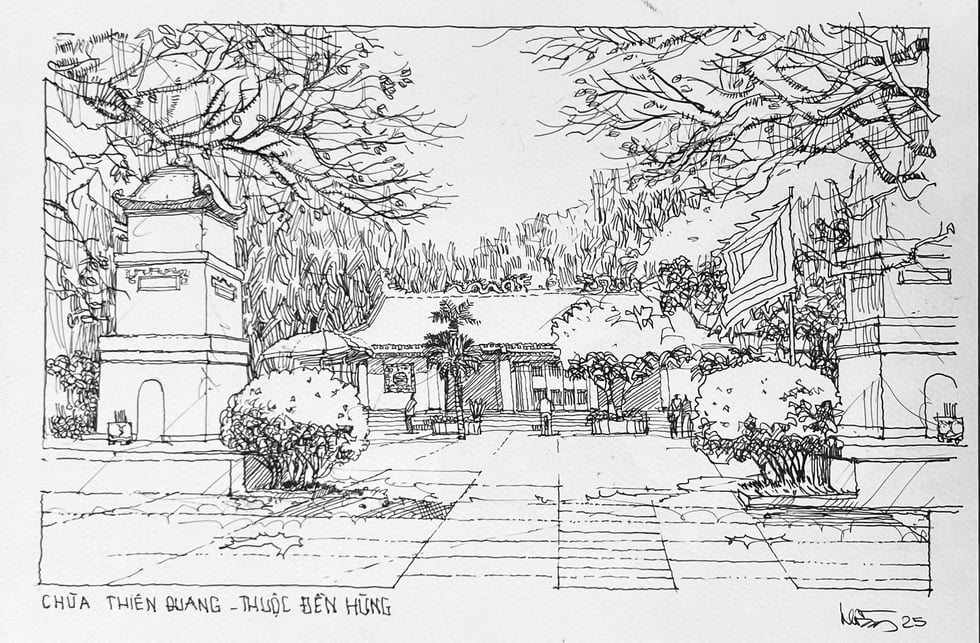
Thien Quang Pagoda with a roof covered with curved tiles. Front hall (5 compartments, roof ridge decorated with two dragons facing the moon) - sketch by Architect Tran Xuan Hong
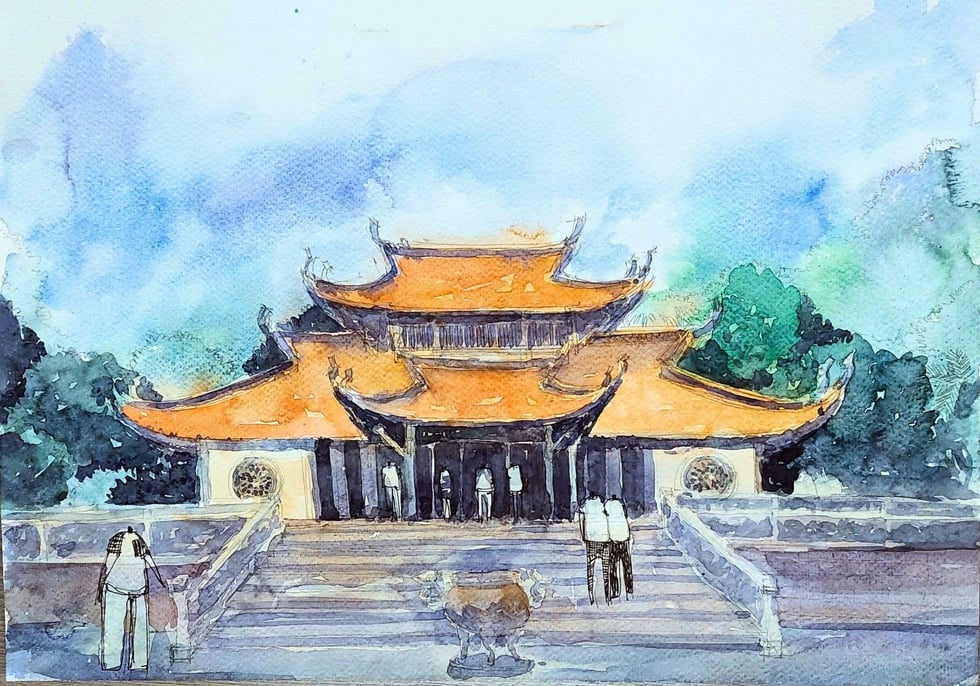
Temple of Au Co with brick walls, roof covered with fish-scale tiles, ironwood columns and beams - sketch by architect Nguyen Hoang Quan
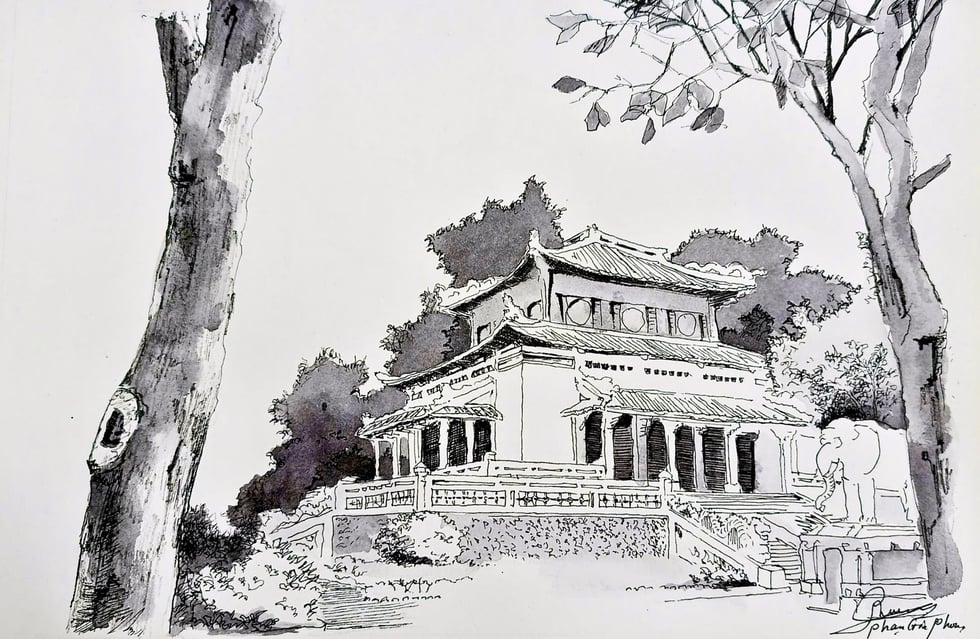
Au Co Temple inaugurated in 2004 in ancient architectural style - sketch by students of Gia Phong University of Construction
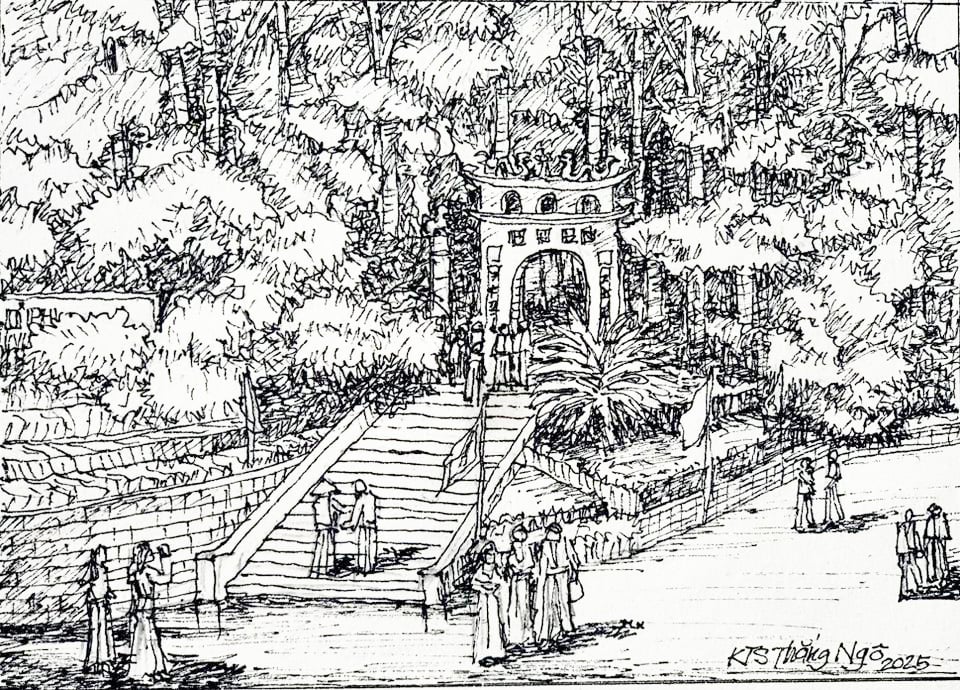
The entrance to Hung Temple has four words Cao Son Canh Thanh (climbing high mountains to see far and wide views) - sketch by Architect Thang Ngo
Based on the folk song: " No matter where you go/Remember the death anniversary of the ancestors on the 10th of the third lunar month ", many people think that the death anniversary of the ancestors on the 10th of the third lunar month is a tradition that has existed since ancient times, but in fact this day was only officially established in 1917 (this is clearly engraved on the stone stele "Hung Vuong Tu Khao").
In 2012, Hung King worship was recognized by UNESCO as an Intangible Cultural Heritage of Humanity.
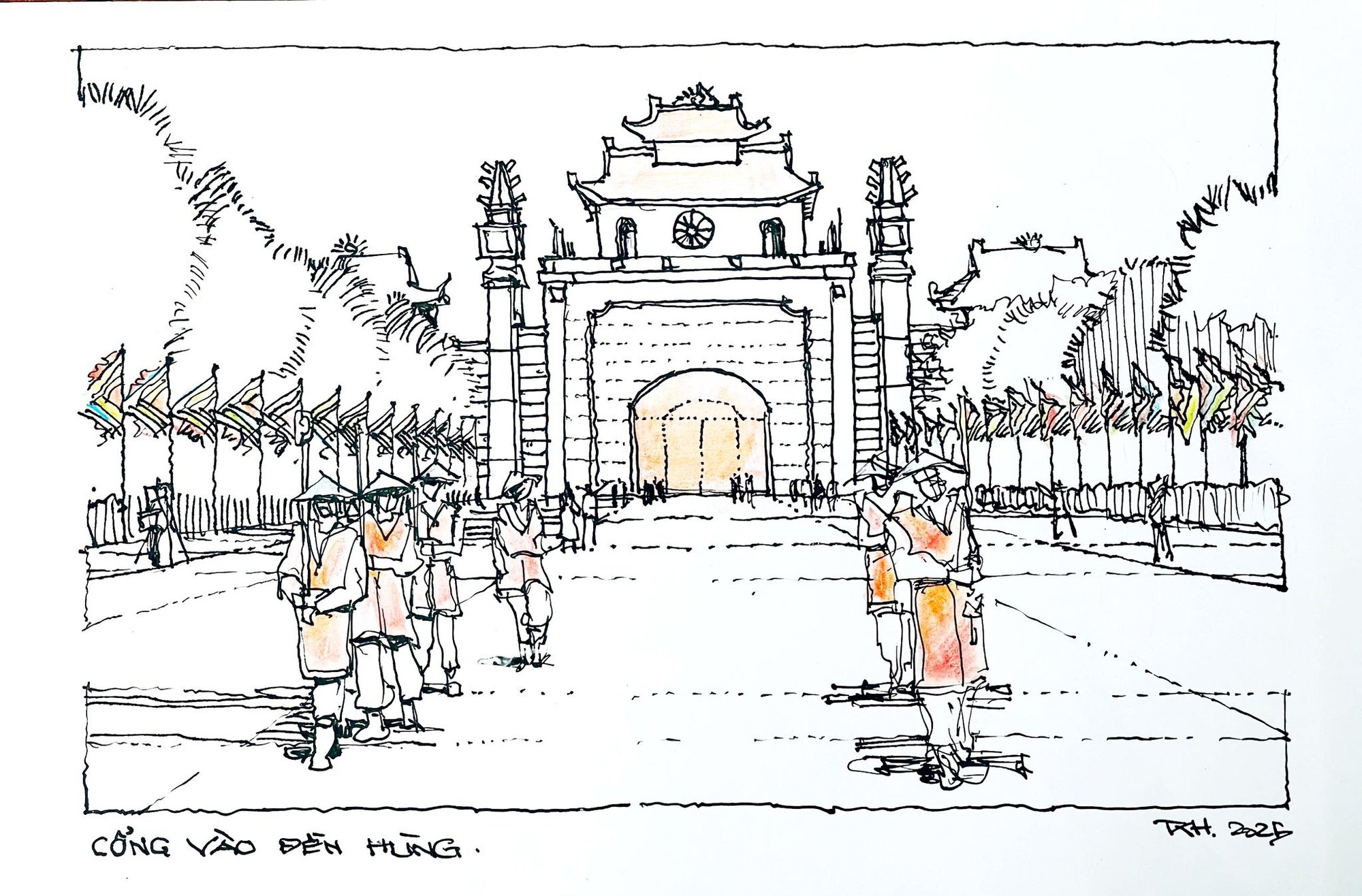
Entrance gate to Hung Temple relic site - Sketch by architect Tran Xuan Hong
Source: https://thanhnien.vn/su-that-ve-ngay-gio-to-va-cot-da-the-o-den-hung-185251011221453915.htm



![[Photo] Solemn opening of the 1st Government Party Congress](https://vphoto.vietnam.vn/thumb/1200x675/vietnam/resource/IMAGE/2025/10/13/1760337945186_ndo_br_img-0787-jpg.webp)






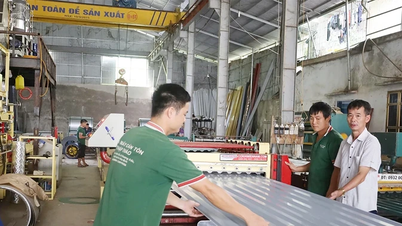
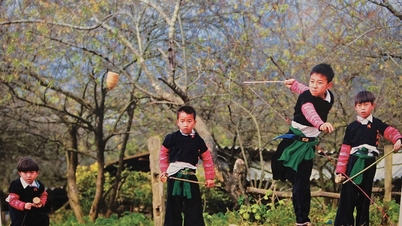

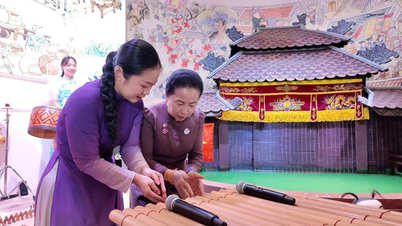







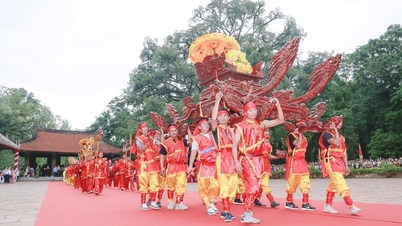



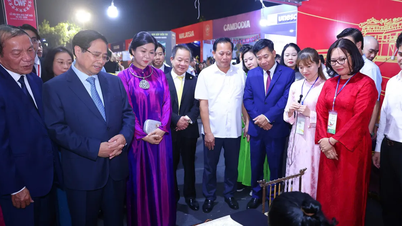





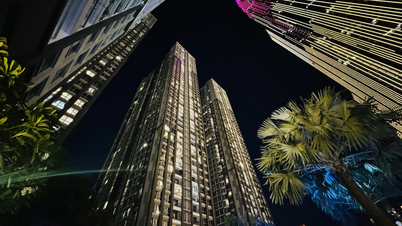

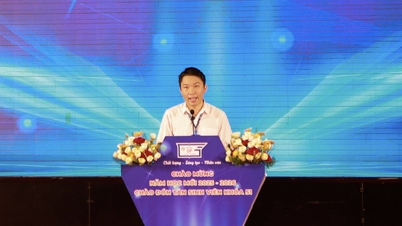



![[Photo] General Secretary To Lam attends the opening of the 1st Government Party Congress](https://vphoto.vietnam.vn/thumb/1200x675/vietnam/resource/IMAGE/2025/10/13/1760321055249_ndo_br_cover-9284-jpg.webp)




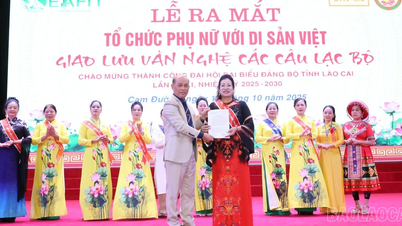

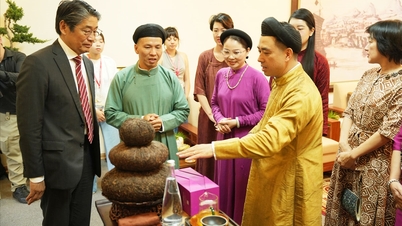









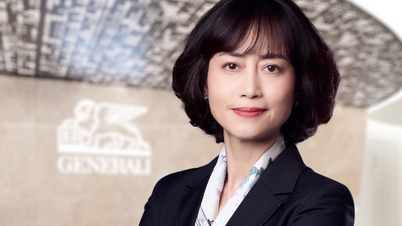

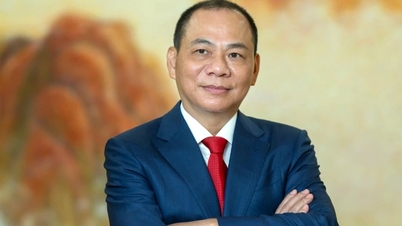









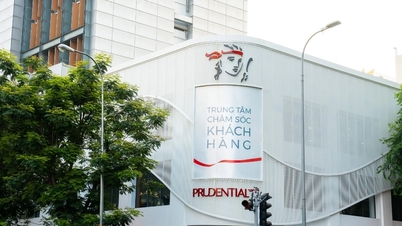











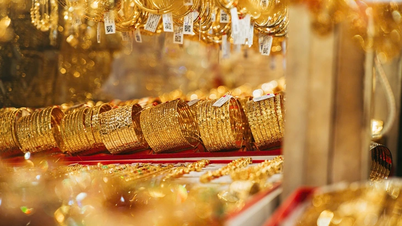




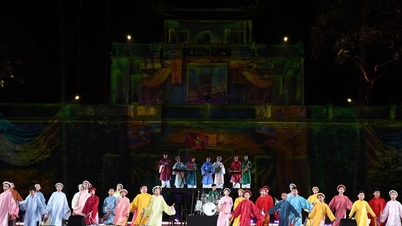
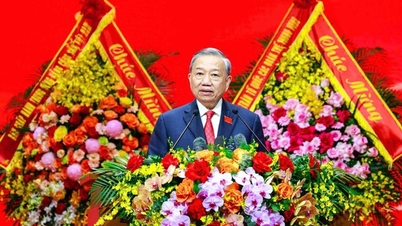

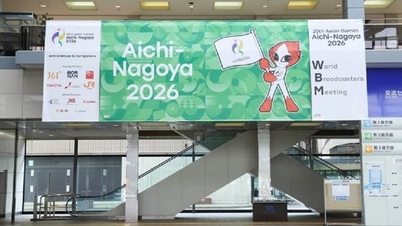


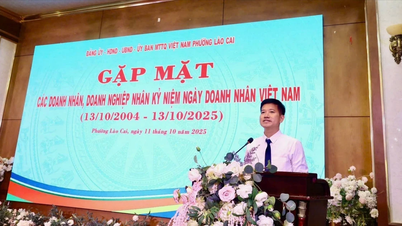







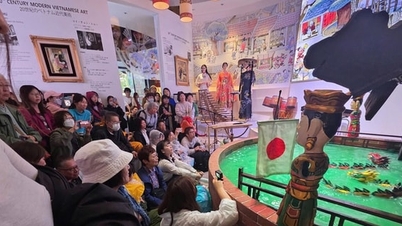









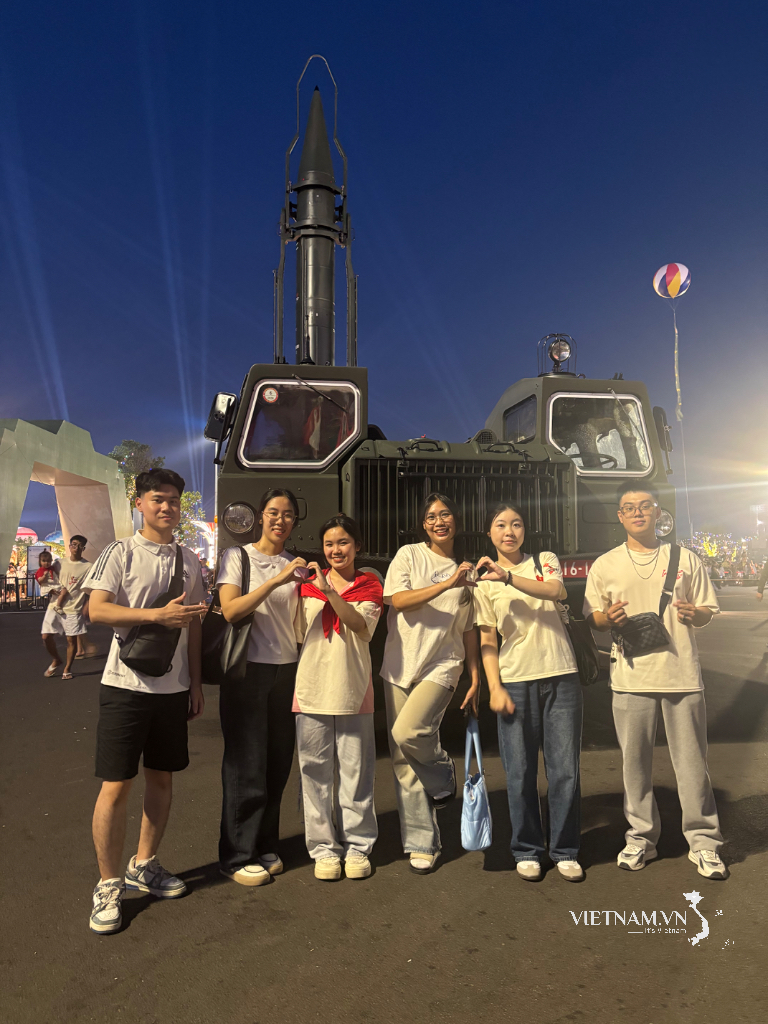
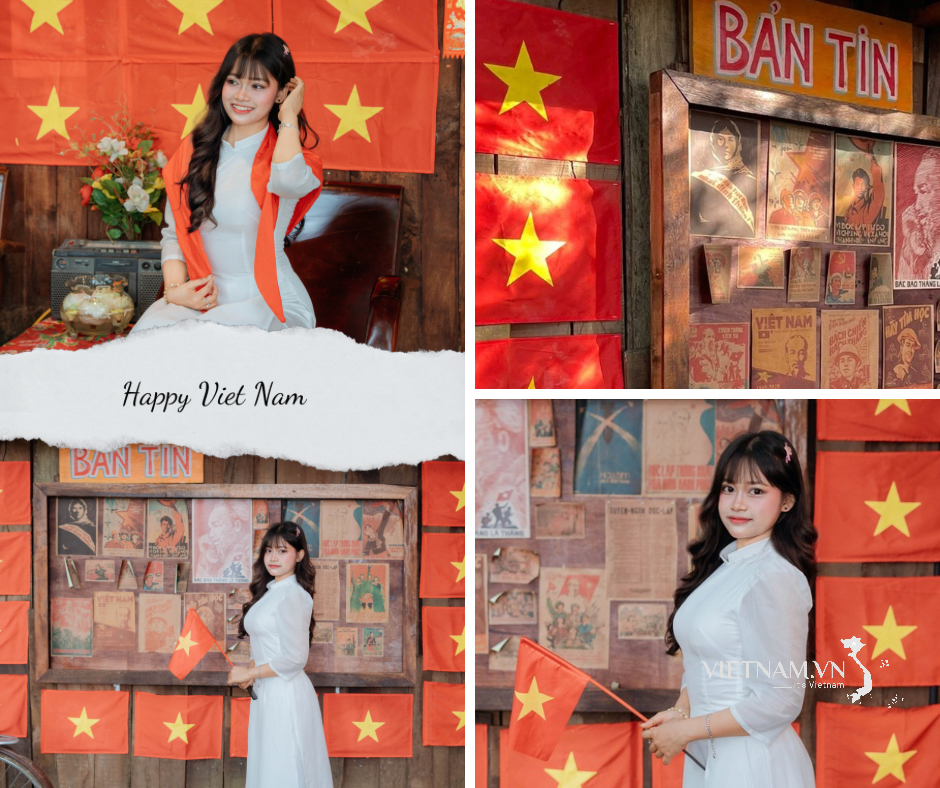
Comment (0)